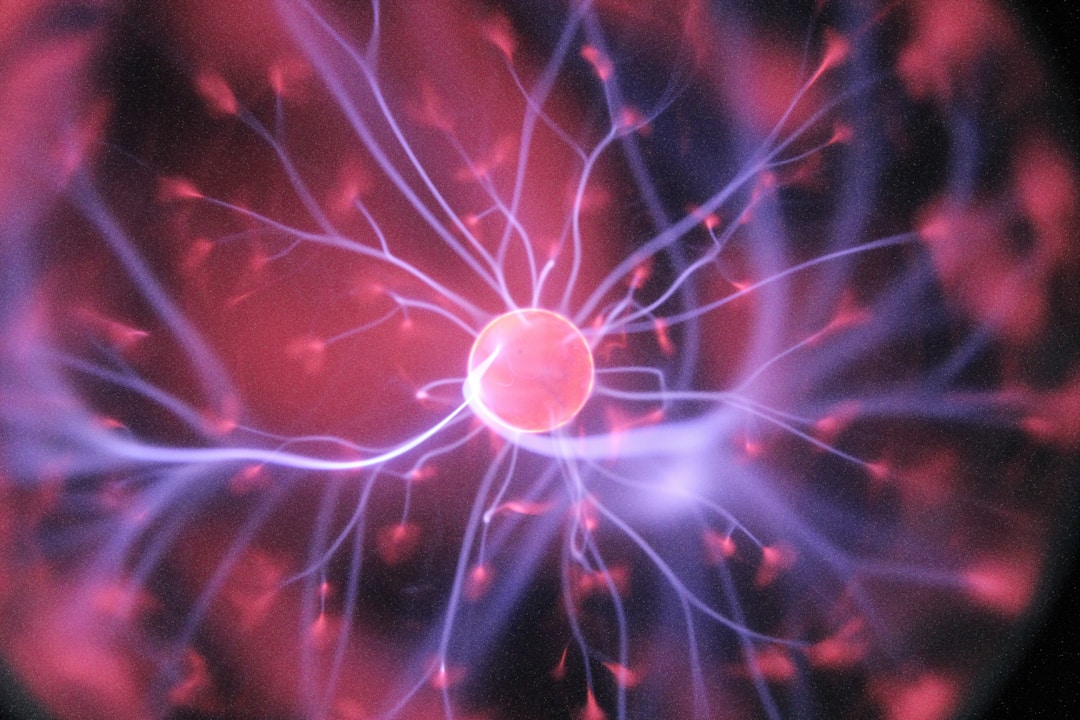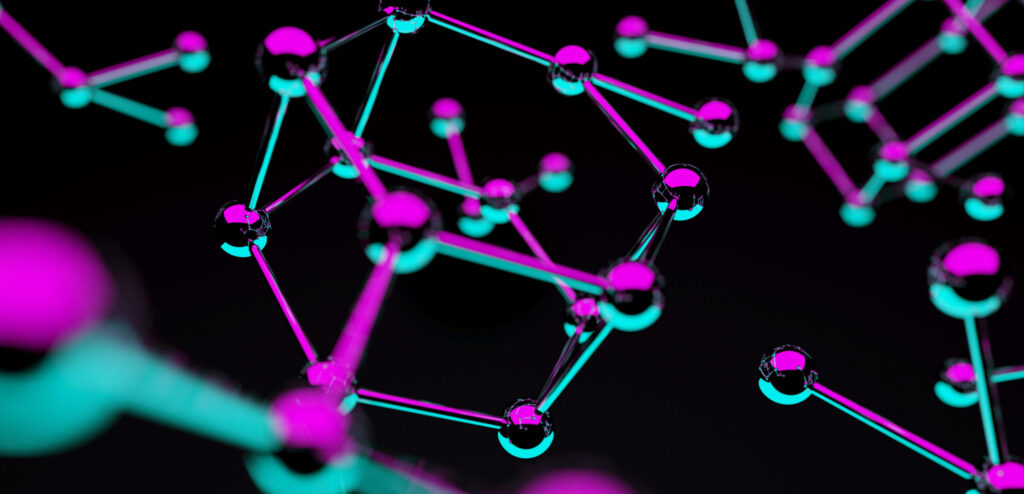Nicotinamide adenine dinucleotide (NAD) is a coenzyme that plays a critical role in maintaining the health and functioning of every cell in our bodies. Its value to human health has been recognized for quite some time, but more recently, scientific and medical research has begun to uncover some potentially exciting therapeutic applications for this important molecule. These findings have led to the development of NAD therapy, a cutting-edge approach to wellness that offers hope in treating conditions ranging from addiction to aging-related diseases. This article will explain how this therapy works and delve into the potential benefits and limitations of this innovative treatment.
Understanding the Role of NAD in Our Bodies
NAD is a crucial part of our body’s cellular machinery. It is involved in hundreds of metabolic processes, with its primary function being to help convert the food we eat into the energy our cells need to function. NAD also plays a vital role in DNA repair and cellular regeneration, and it assists in regulating our circadian rhythms and immune system function.
Our NAD levels naturally decrease as we age, and certain lifestyle factors—like poor diet, alcohol and substance use, stress, and lack of sleep—can deplete our NAD levels further. This reduction in NAD levels can negatively affect all of the processes for which the molecule is responsible, leading to physiological stress, increased susceptibility to illness, and a host of other health problems.
The Process of NAD Therapy
NAD therapy is designed to replenish the body’s NAD levels, helping to restore cellular function and overall health. The therapy typically involves a course of intravenous (IV) treatments, where a solution containing NAD is slowly introduced into the bloodstream.
Once in the bloodstream, the NAD molecules are transported to cells throughout the body. Here, they are absorbed by the cells and utilized to fuel their various functions. This replenishment of NAD can help cells function more efficiently and support their recovery from damage caused by aging, disease, or substance abuse.
The duration and dosage of NAD therapy can vary widely depending on the individual and the condition being treated. Some people might require only a single course of treatment, while others might benefit from ongoing therapy.
NAD and Mental Health: A New Frontier

Recently, the potential of NAD therapy in the field of mental health has garnered considerable attention. Preclinical studies suggest that NAD+ may influence various neural processes, including cognition, mood, and even behavior, hinting at a broader role for NAD beyond its well-known metabolic functions.
Depression and anxiety, two of the most common mental health disorders, are believed to involve chronic inflammation and oxidative stress. NAD+ plays a crucial role in defending against these harmful processes. Consequently, this therapy is being investigated as a potential novel treatment for these conditions. Though the exact mechanisms are yet to be fully understood, it is hypothesized that replenishing NAD+ levels may help counteract the cellular damage caused by chronic inflammation and oxidative stress, potentially alleviating symptoms of depression and anxiety.
Furthermore, NAD’s role in neuroprotection and neurogenesis also makes it an intriguing candidate for treating neurodegenerative disorders. Replenishing NAD+ levels might help support the health and survival of neurons, potentially slowing the progression of these devastating conditions.
The Intricate Relationship Between NAD and Sirtuins
One of the key aspects of NAD’s function lies in its interaction with a group of proteins called sirtuins. These proteins are crucial for maintaining cellular health and have been linked to longevity and the prevention of age-related diseases.
Sirtuins depend on NAD+ to function. They are involved in a variety of cellular processes, including DNA repair, inflammation control, and the regulation of cellular metabolism. Studies have shown that increasing NAD+ levels can activate sirtuins, which may lead to improvements in various aspects of health, including increased insulin sensitivity, reduced inflammation, and even an extension of lifespan in some organisms.
This NAD-sirtuin pathway is a key area of study in understanding how NAD therapy might work, providing a molecular basis for its potential anti-aging and disease-preventing effects.
The Impact of NAD Therapy on Physical Performance
Given NAD’s fundamental role in energy metabolism, it is not surprising that this molecule might have implications for physical performance. By boosting NAD+ levels, NAD therapy could potentially enhance the efficiency of energy production in cells, which may translate into improved physical performance and recovery.
Athletes and individuals seeking to improve their fitness levels may find this therapy particularly beneficial. In addition to providing a possible boost in energy, the therapy could aid muscle recovery and adaptation due to its role in cellular repair and regeneration. However, rigorous clinical trials are needed to fully understand these potential benefits and to establish safe and effective protocols for NAD therapy in the context of sports and physical performance.
Epigenetics and NAD Therapy

The study of epigenetics—changes in gene expression that do not involve alterations to the underlying DNA sequence—has opened up new avenues for understanding and treating disease. NAD and its metabolites are known to influence several epigenetic processes, suggesting that therapy could have far-reaching effects on our health at the genetic level.
For instance, NAD is a key player in the activity of certain enzymes that add or remove chemical groups from DNA and histones (proteins around which DNA is wound), thereby influencing gene expression. These changes can have profound effects on cell function and can even be passed down to subsequent generations.
While this field is still in its early stages, the potential of this therapy in epigenetic modulation offers an exciting new perspective on the prevention and treatment of various diseases. The therapy could potentially be used to alter harmful patterns of gene expression, offering a novel approach to disease treatment.
Limitations and Considerations for NAD Therapy
While the potential benefits of NAD therapy are exciting, it’s essential to note that this is still a relatively new area of medicine. The long-term effects of the treatment and its efficacy for different conditions are not yet fully understood, and more clinical trials are needed.
It’s also worth noting that this therapy should not be considered a magic bullet for health. It’s a potential tool that can complement, but not replace, a holistic approach to health that includes a balanced diet, regular exercise, adequate sleep, and stress management.
Additionally, while generally considered safe, this therapy can have side effects, such as flushing, nausea, and lightheadedness, particularly when administered at higher doses. As with any medical treatment, it’s essential to discuss these potential risks with a healthcare provider before starting therapy.
A Future of Promising Possibilities
NAD therapy offers exciting potential in a variety of health and wellness applications. From assisting in recovery from addiction to offering a new avenue in the fight against aging and age-related diseases, the possibilities seem promising.
While research is still ongoing and much is still to be learned, it’s clear that this therapy could be a significant addition to our wellness toolbox. This treatment represents a unique approach to health, emphasizing the body’s natural processes and the importance of cellular health. However, we should not forget that it is only one piece of the larger health puzzle and should be considered as part of a broader, holistic approach to well-being.
As we continue to explore the potential of NAD therapy, we remain hopeful that it will play an increasingly prominent role in the future of health and wellness. But for now, it serves as a stark reminder of the incredible complexity of our bodies and the intricate dance of molecules that keeps us functioning at our best.














